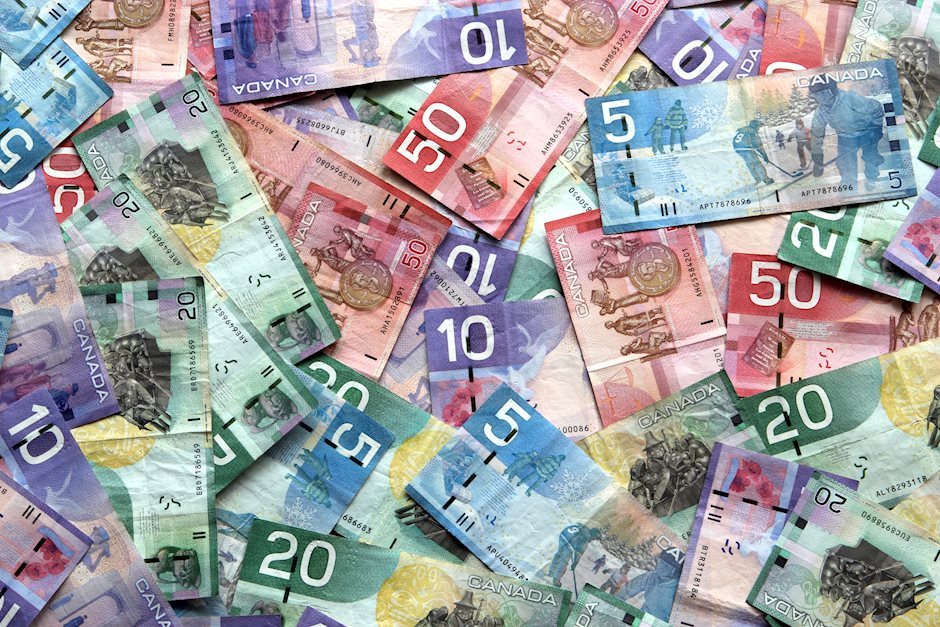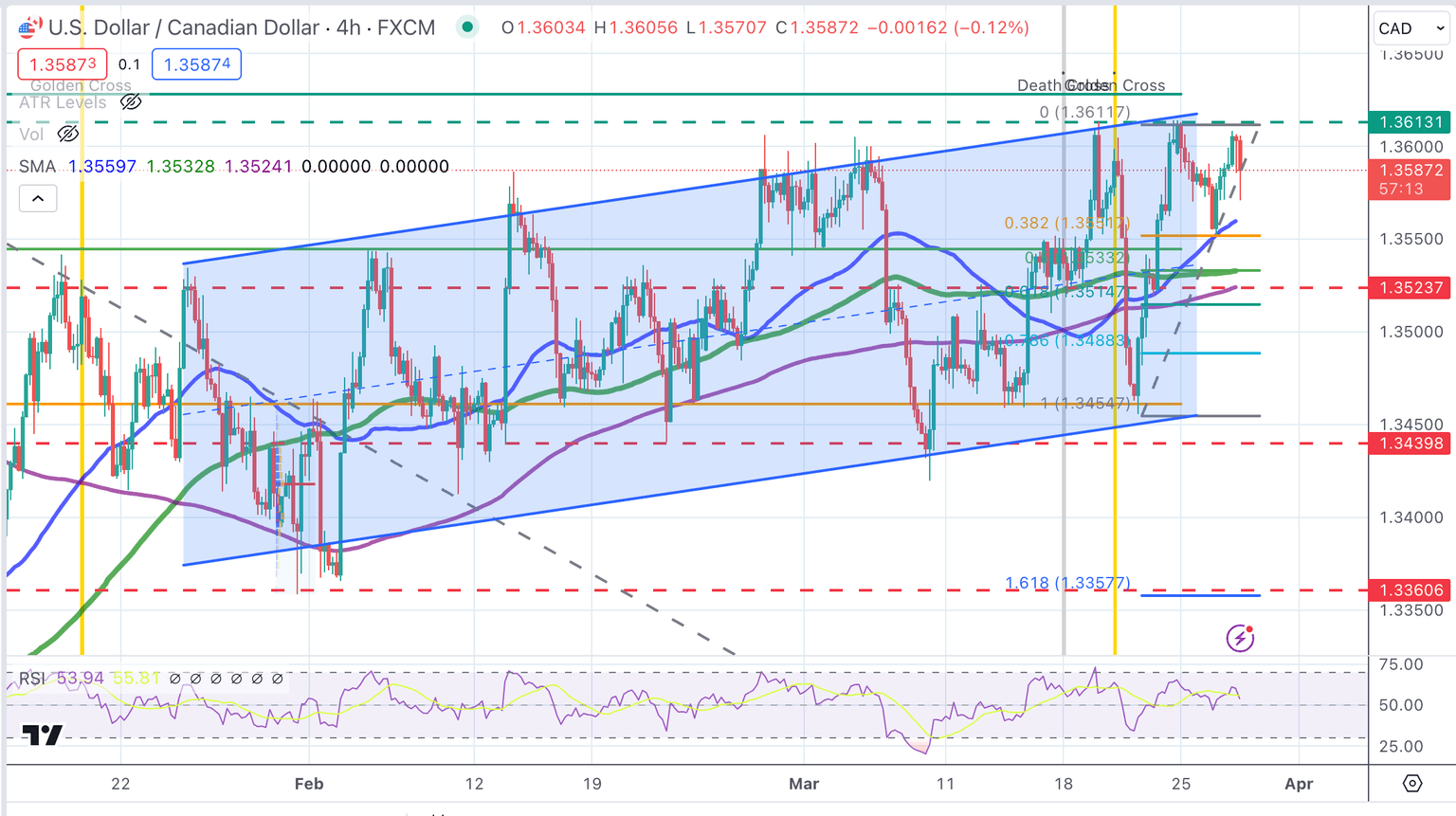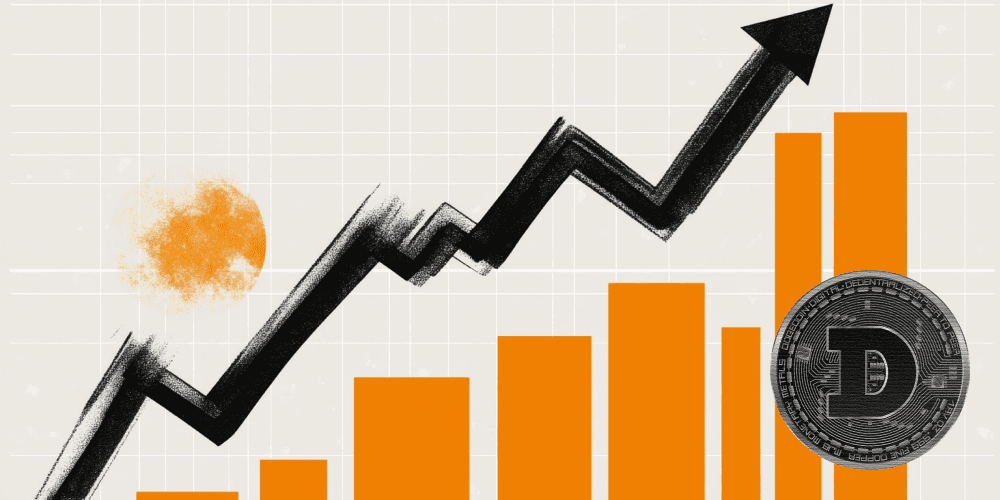Canadian Dollar's recovery stalls, weighed by comments by BoC officials and softer Crude prices

- Canadian Dollar is practically flat on the daily chart with the USD ready near recent highs..
- BoC Rogers’ warnings about the country’s low productivity have weighed on the Loonie.
- The EIA has reported an unexpected increase on US Crude Oil stocks last week.
The Canadian Dollar (CAD) is trading back and forth, without a clear direction in Wednesday’s US trading session, with the US Dollar having the upper hand on thin trading ahead of the Easter Holiday.
The Loonie opened the day on its back foot, following comments from the Bank Of Canada’s Senior Deputy Governor, Carolyn Rogers, complaining about the low productivity and poor levels of investment. The CAD, however, managed to pare some losses later on although the unexpected increase in US Crude stockpiles reported by the Energy Information Agency has added weight to the commodity-linked CAD.
In the absence of first-tier macroeconomic releases today, the focus is on Fed Governor Christopher Waller, who is expected to speak about monetary policy at the Economic Club of New York later on Wednesday.
Daily digest market movers: The USD/CAD treads water with investors awaiting US PCE Inflation data
- The Canadian Dollar is moving sideways with the US Dollar nudging higher in a quiet trading session.
- EIA Crude Oil stocks increased by 3,165 million Barrels in the week of March 22 against market expectations of a decline of above 1,275 million Barrels.
- Bank of Canada Senior Deputy Governor Rogers has warned that low productivity is going to be a hindrance to economic growth.
- On Tuesday, US macroeconomic releases showed mixed figures, with Durable Goods Orders increasing beyond expectations while the Conference Board’s Consumer Confidence contracted unexpectedly.
- According to the CME Group FedWatch Tool, markets are pricing more than a 60% chance that the Federal Reserve will start cutting rates in June, which is keeping USD bulls in check.
- The highlight of the week will be the US PCE Prices Index, the Fed’s inflation gauge of choice, which is expected to have accelerated at a 2.5% yearly pace in February from 2.4% in the previous month.
- The core PCE Prices Index is expected to have risen at a 2.8% yearly pace and 0.4% on the monthly rate in February, from 2.8% and 0.3%, respectively, in January.
Canadian Dollar price today
The table below shows the percentage change of Canadian Dollar (CAD) against listed major currencies today. Canadian Dollar was the weakest against the Japanese Yen.
| USD | EUR | GBP | CAD | AUD | JPY | NZD | CHF | |
| USD | 0.12% | 0.01% | 0.04% | 0.22% | -0.09% | 0.16% | 0.24% | |
| EUR | -0.10% | -0.11% | -0.05% | 0.12% | -0.13% | 0.07% | 0.14% | |
| GBP | -0.01% | 0.10% | 0.03% | 0.21% | -0.02% | 0.15% | 0.22% | |
| CAD | -0.05% | 0.08% | -0.02% | 0.18% | -0.08% | 0.13% | 0.20% | |
| AUD | -0.22% | -0.10% | -0.21% | -0.19% | -0.32% | -0.05% | 0.01% | |
| JPY | 0.09% | 0.21% | 0.10% | 0.13% | 0.30% | 0.19% | 0.28% | |
| NZD | -0.15% | -0.04% | -0.19% | -0.12% | 0.06% | -0.22% | 0.08% | |
| CHF | -0.23% | -0.12% | -0.23% | -0.20% | -0.01% | -0.27% | -0.07% |
The heat map shows percentage changes of major currencies against each other. The base currency is picked from the left column, while the quote currency is picked from the top row. For example, if you pick the Euro from the left column and move along the horizontal line to the Japanese Yen, the percentage change displayed in the box will represent EUR (base)/JPY (quote).
USD/CAD 4-Hour Chart

All in all, the Canadian Dollar remains biased higher, but it seems to need an extra boost to break above recent highs. The US PCE Prices Index and Fed Powell’s comments are due on Good Friday, and the low trading volumes might boost the impact of these events.
Canadian Dollar FAQs
The key factors driving the Canadian Dollar (CAD) are the level of interest rates set by the Bank of Canada (BoC), the price of Oil, Canada’s largest export, the health of its economy, inflation and the Trade Balance, which is the difference between the value of Canada’s exports versus its imports. Other factors include market sentiment – whether investors are taking on more risky assets (risk-on) or seeking safe-havens (risk-off) – with risk-on being CAD-positive. As its largest trading partner, the health of the US economy is also a key factor influencing the Canadian Dollar.
The Bank of Canada (BoC) has a significant influence on the Canadian Dollar by setting the level of interest rates that banks can lend to one another. This influences the level of interest rates for everyone. The main goal of the BoC is to maintain inflation at 1-3% by adjusting interest rates up or down. Relatively higher interest rates tend to be positive for the CAD. The Bank of Canada can also use quantitative easing and tightening to influence credit conditions, with the former CAD-negative and the latter CAD-positive.
The price of Oil is a key factor impacting the value of the Canadian Dollar. Petroleum is Canada’s biggest export, so Oil price tends to have an immediate impact on the CAD value. Generally, if Oil price rises CAD also goes up, as aggregate demand for the currency increases. The opposite is the case if the price of Oil falls. Higher Oil prices also tend to result in a greater likelihood of a positive Trade Balance, which is also supportive of the CAD.
While inflation had always traditionally been thought of as a negative factor for a currency since it lowers the value of money, the opposite has actually been the case in modern times with the relaxation of cross-border capital controls. Higher inflation tends to lead central banks to put up interest rates which attracts more capital inflows from global investors seeking a lucrative place to keep their money. This increases demand for the local currency, which in Canada’s case is the Canadian Dollar.
Macroeconomic data releases gauge the health of the economy and can have an impact on the Canadian Dollar. Indicators such as GDP, Manufacturing and Services PMIs, employment, and consumer sentiment surveys can all influence the direction of the CAD. A strong economy is good for the Canadian Dollar. Not only does it attract more foreign investment but it may encourage the Bank of Canada to put up interest rates, leading to a stronger currency. If economic data is weak, however, the CAD is likely to fall.
Author

Guillermo Alcala
FXStreet
Graduated in Communication Sciences at the Universidad del Pais Vasco and Universiteit van Amsterdam, Guillermo has been working as financial news editor and copywriter in diverse Forex-related firms, like FXStreet and Kantox.

















